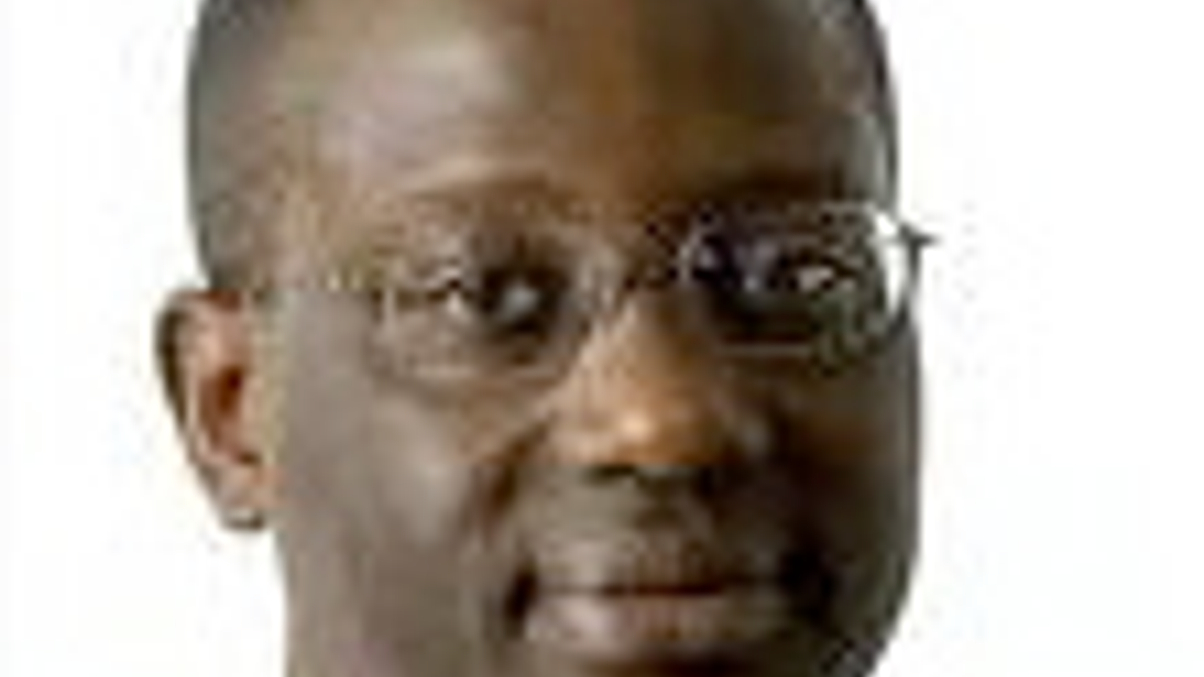Pru-AIA deal holds peril and promise for fund managers
Fund-house execs are divided over whether the proposed $35 billion acquisition of AIA by Prudential is a potential boon or bane. And what about Hong Kong's MPF business?

Prudential's planned $35 billion takeover of the Asian insurance business of AIG would herald a landmark shift in the insurance sector, but also has the potential to affect the asset-management industry.
Sign in to read on!
Registered users get 2 free articles in 30 days.
Subscribers have full unlimited access to AsianInvestor
Not signed up? New users get 2 free articles per month, plus a 7-day unlimited free trial.
¬ Haymarket Media Limited. All rights reserved.


